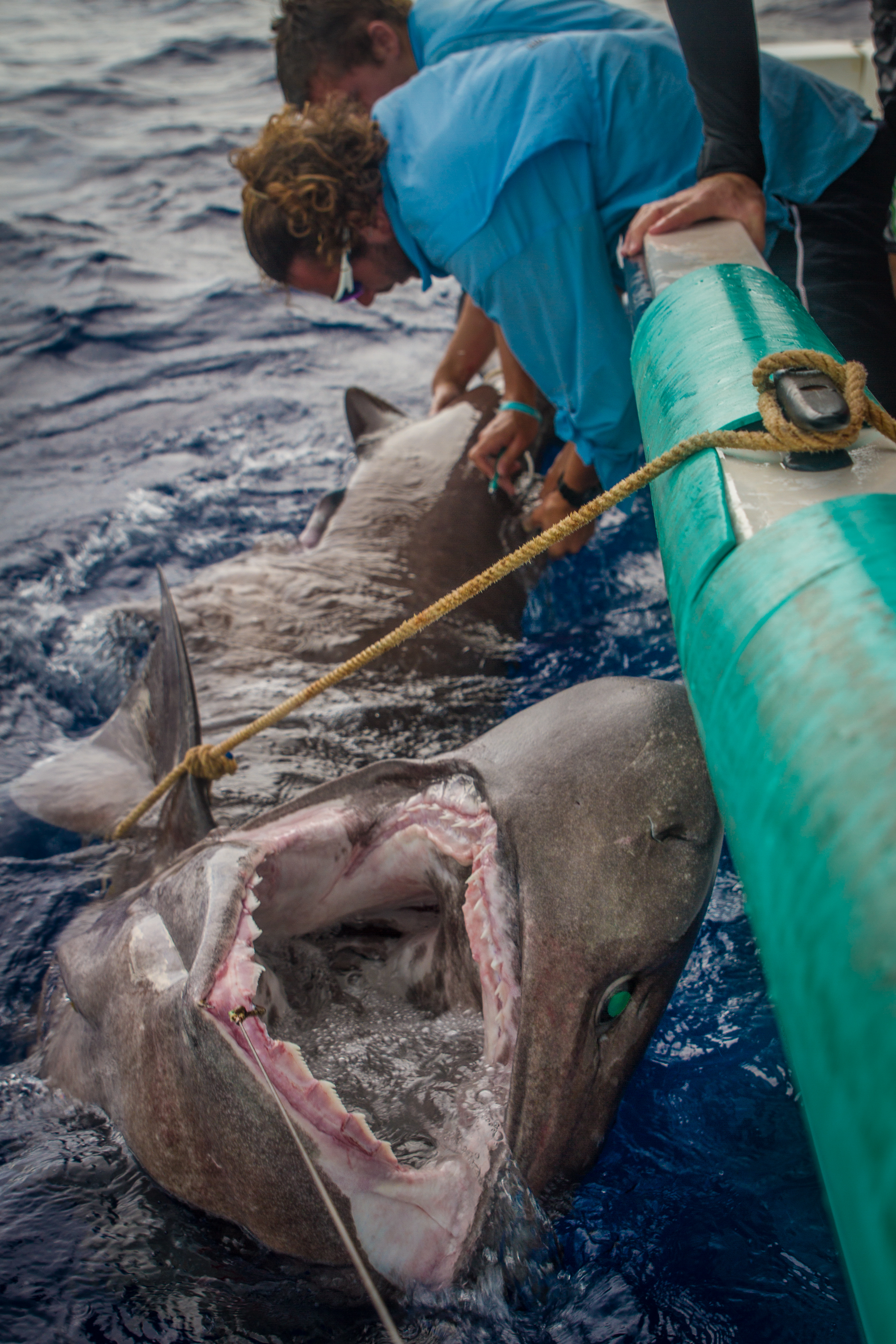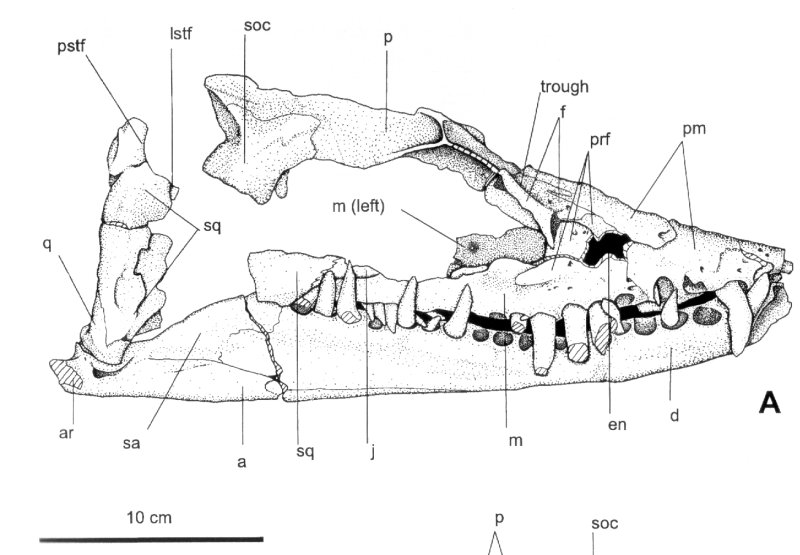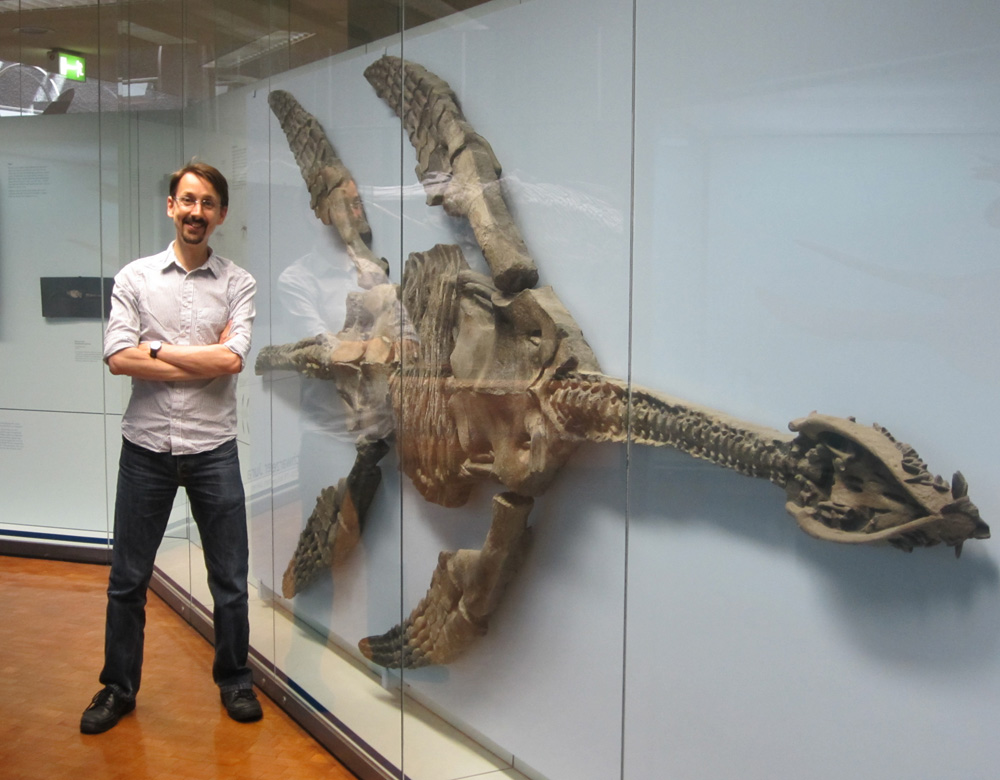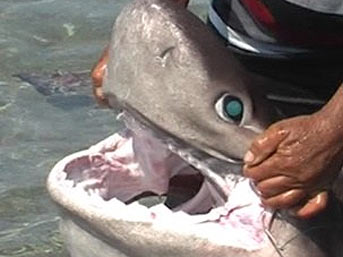When Harrison Okene, the chef on the oil company ship Jascon 4, rose early at around 4:30 a.m. on the morning of May 26, 2013 he would have had no inkling of the ordeal he was about to go through. A rogue wave slammed into the vessel that morning capsizing the ship. Okene, already awake and moving about, was at an advantage compared to his shipmates asleep and locked away in their cabins as a precaution against pirates in the ocean off Nigeria. Although he linked up with several shipmates following the hit they were washed away by incoming water, "I saw the first one, the second one, the third one just washed away. I knew these guys were dead." As the vessel began it's plummet 30 meters down (100 feet) to the bottom of the tropical Atlantic ocean Okene was able to find an air pocket, panelling to create a float to get partially out of the cold water, a bottle of coke, that, along with his faith, sustained him for 60 hours until rescue. Cold, in pitch black darkness, horrendously thirsty with saltwater taking the skin off his body and tongue the trauma for Okene was not yet finished, "I was there in the water in total darkness just thinking it's the end.... I couldn't see anything but I could perceive the dead bodies of my crew were nearby. I could smell them." It did not take long for scavenging fish and large sharks to move into the vessel and begin consuming his deceased shipmates,"The fish came in and began eating the bodies. I could hear the sound. It was horror."
 |
| Okene's hand making contact w/stunned diver. Link here. |
And then, to truly remind him he was in an alien place indifferent to his continued existence, the sound of fish and sharks, breaking into the boat and locked cabins to have at his drowned ship mates. At these latitudes one has their pick of some truly nasty and voracious elasmobranchians that may have plied the very some confines Okene found himself trapped in. The tiger shark, Galeocerdo cuvier, as well as any number of reef sharks and even oceanic white tips are possible. But what I think would be truly terrifying would be the thought of massive bluntnose six gill sharks (Hexanchus griseus) breaking into the Jascon 4 and starting their slow motion feast of his shipmates.
 |
| Bluntnose Sixgill Photo Credit Island School |
And if you are further interested in the bimodal range of bluntnose sixgills this fishing show actually has some pretty good natural history tidbits as fishermen and hunters often times offer if you are ok with watching this genre of recreation (at least he is catch & release).
Never the less it would appear that sharks have had the niche of dominant large scavenger on the continental slope on lock down for some time and really is there any reason to suggest otherwise? As I will get to in a second maybe there is....
But just imagine in your minds eye Okene, his sinking ship transported via a time worm hole to the bottom of a Cretaceous ocean, and the undertaker that greeted him grimly at the bottom of the ocean was not the unblinking eye of a six gill shark but the snaggly toothed grin of a Terminonatator elasmosaur probing at his water softened extremities...
 |
| Terminonatator skull (Sato 2003) c/o Adam S. Smith |
The idea of scavenging plesiosaurs is not a new one. In fact there are loads of interesting old papers on plesiosaurs from the grand ol' fossil collecting days full of the great writing and that old school penchant for flair that so used to characterize scientific writing but for whatever reasons has been replaced by a less colorful tone in most contemporary scholarly writing. And below is a gem I found on the interwebz by S.W. Williston titled North American Plesiosaurs in which he presciently suggests short necked polycotylids evolving from longer necked plesiosaurs, all but spells out Elasmosaurus using shallow waters to raise young, and interprets long-necked plesiosaurs as scavengers:
 |
| Zdenek Burian. 1955 Elasmosaurs & Tylosaurus |
You might remember a couple of years ago a plesiosaur from the Jurassic Sundance formation with the preserved bones of a prenatal ichthyosaur in its stomach? You can find the paper online although it takes a while to download.
 |
| Phote credit Fossils and Other Living Things.blogspot.com Prenatal Ichthyosaur vertebrae in stomach of plesiosaur |
You should note that not only is Brown very insistent on plesiosaurs foraging on invertebrates commonly (read ammonites) he suggests that gastroliths did the chewing - I AGREE!! But about that pterodactyloid - although he does not name a species we only know of Pteranodon (common) and Nyctosaurus (uncommon) from the Western Interior Sea. As adults both species sport huge head gear and pointy and robust finger and arm bones. A significant choking hazard for such a supposed "gape limited predator" unless it just broke the pterodactyl bones by bashing it against the surface of the water or tugging on it with a friend or simply chomping on it repeatedly. But both the "pterodactyloid" remains and the ichthyosaur point to a more opportunistic, wider scoped foraging strategy than the usual dogma of "gape limited predators of small fish and squid - hardly a threat to anything larger than a trout" that has become a bit of dogma if you ask me. Even if the animals scavenged were small enough to be swallowed without dismemberment how many gape limited scavengers do you know that >only< eat the dead stuff they come across that they can swallow in one gulp? I can't think of any. If you are an opportunistic scavenger/predator (which I infer to be the dominant signal we get from plesiosaur stomach remains) then you don't turn your nose up at a free meal of any size. You break it up into smaller pieces to swallow - like any self respecting giant petrel, nile crocodile, western gull, or tiger shark would do!!
And now back to the question of dominant large deep coastal/contintal slope scavenger in the Mesozoic. Large sharks were certainly around in the Mesozoic and were already among the top pelagic large predators of the time. But I will argue that there was a bit of competitive exclusion going on in certain environmental situations that tipped the scale of power towards plesiosaurs (and other air breathing marine tetrapods of the time mosasaurs, ichthyosaurs, marine crocs) and that was repeated and consistent anoxic episodes throughout the Mesozoic. Simply put: you can't be a very efficient gill breathing scavenger in anoxic waters because, ummm, well you still have to breathe. And even if you can operate at very low oxygen amounts you are going to be a lot more sluggish, a lot less battle ready than those air breathing marine reptiles that are outswimming you and outcompeting you to all those carcasses in oxygen limiting zones. And why might you have loads of carcasses in anoxic waters? Anoxic waters can occur because of lack of ocean mixing but they can also occur when nutrients in the water stimulate a super bloom of phytoplankton and the concurrent food chain upwards. This explosion of life, and more importantly decaying particles with respiring bacteria, simply suck up all the oxygen from the ocean. With lack of ocean mixing and large scale monsoonal events weathering continents and dumping nutrients like fertilizer down the Mississippi into the Gulf today into the oceans of the Mesozoic may have experienced both types with regularity. And if vast shoals of fish, belemnoids, ammonites and other victims were caught in once nutritious waters turning anoxic that was a veritable feast for any scavenger that could get to them. Air breathing marine reptiles were free to do so and could go where sharks simply could not. Of course this all a little dependent on marine reptiles being able to handle scavenged animals that had succumbed to "red tide" which today kills marine mammals and birds.
Of course this does not imply that sharks were not successful in the whole of the Mesozoic - it appears that there were indeed large sharks then - I am just suggesting that in certain times that anoxia prevailed plesiosaurs - and other marine reptiles - had a distinct advantage over sharks. Whether or not this purported advantage resulted in evolutionary success of marine reptiles over sharks in certain epochs - I don't know but it is an interesting thought. And we do know from loads of examples sharks were scavenging a lot of stuff back then - especially dead marine reptiles.
Above I have depicted such a hypothetical scene of marine reptiles and pterodactylids converging on windfall of ammonites that have died due to a local anoxic event. The plesiosaur is Meyerasaurus victor. I know, usually considered a rhomaleosaurid pliosaur, but come on now that distinction is completely arbitrary especially in this case. Whether you want to call it a short necked plesiosaur or a long necked pliosaur any grade school kid would point out that it looks like the Loch Ness Monter. The ichthyosaur it is competing with and harrying is an indeterminate variety of Temnodontosaurus - Darren Naish loves talking 'bout this guy on his blog and the genus is in a bit of flux so I just took some liberties and depicted a medium sized longirostine variety. For sure I did not want to convey the reptilian dolphin meme that dominates reconstructions of these guys - they had shark like/tuna like caudal fins for christ's sake - why should they not swim like a shark (and probably not "porpoise" while swimming anyways).
The Posidonia shale dating to the Early Toarcian of the Early Jurassic best known from the Holzmaden of Germany is interpreted as a somewhat anoxic area of the Tethys ocean. There was the large Dorygnathus which yeah I took some liberties with and made it a little larger (my Xmas wish in paleo is the discovery of a truly large marine rhamphorynchoid). To the left you see the more svelte but cool still Campylognathoides. And you know I gots to speculate that the heterodont, stout, and piercing dentition of this guy would be great to get into the certain shell of a certain marine invertebrate that was so common it is used as an index fossil throughout the Mesozoic.
On a little tangent regarding flying marine reptiles. Make them more voracious, aggressive, and highly opportunistic in depictions. Flying around like a bat out of hell challenging other pterosaurs and foraging willy nilly even in the midst of larger marine reptiles. Like pelagic birds today. Especially large gulls, skuas, petrels, and albatross. Food doesn't come within reach at the surface all the time after all. Below are some pics I stole that best capture the fray that is feeding seabirds. The photographer made special mention that the most combative and violent bird was the smallest - the little Cape Petrels. All photos by Karim Sahai, link here. I tried to email him for permission to use but no reply. But to cool not share with the and if you got the cash go buy something from his website or comment there.
 |
| Cape Petrel (Daption capense) & Wandering Albatross (Diomedea exulans) feeding. Karim Sahai |
 |
| Southern Giant Petrel (Macronectes giganteus) looks on at cape petrel quarrelling with Southern Royal Albatross ( Diomedea epomophora) |
 |
| Cape Petrel fighting next to Southern Royal Albatross |
was a pretty neat looking plesiosaur and interesting in its proportions. Check out this pic of Adam Smith from the Plesiosaur Directory next to one below used w/permission.
 |
| Adam Smith w/Meyerasaurus at Museum am Lowentor -Stutgart State Museum of Germany |
 |
| Oceanic White Tip Shark & Pilot Whales |
Anyways I want to wrap this post up. I do want to do a speculative story line here but I will save it for another time. I want to keep the posts kind of bite size. And I am sleepy. Say goodnight Bluntnose Sixgill.
Cheers!!
Support me on Patreon.
Like antediluvian salad on facebook.
Watch me on Deviantart @NashD1.Subscribe to my youtube channel Duane Nash.
My other blog southlandbeaver.blogspot.




3 comments:
Just so you know you got the scientific names for the albatross and petrel mixed up.
Thanks Bk. Fixed.
wait a second, you mentioned Terminanator in your post, but the plesiosaur you mentioned is Meyerasaurus. What happened to Terminanator?
Post a Comment